In the dynamic world of packaging, ensuring the integrity of products is paramount. One innovation that plays a pivotal role in maintaining product freshness, preventing leakage, and enhancing consumer confidence is the induction liner. In this article, we’ll delve into the world of induction liners, understanding their purpose, benefits, applications, and the science behind their sealing mechanism.
What Are Induction Liners?
Induction liners are sealing solutions used in packaging, including plastic jars with lids, to create a secure and hermetic seal between the container and its lid, ensuring the contents are “sealed for your protection.” These liners consist of layers of materials, typically including a layer of aluminum foil that is bonded to a polymer layer. This combination of materials makes induction liners compatible with various packaging methods, such as custom blow molding, and effective at providing a tamper-evident seal that ensures the product remains untouched until it reaches the consumer.
How Do Induction Liners Work?
The sealing process of induction liners hinges on the principle of electromagnetic induction. When the cap containing the induction liner, along with cap liners and seals, is placed on the container, an alternating magnetic field is generated by an induction sealing machine. This field heats the polymer layer within the liner, causing it to melt and bond with the container’s rim, the aluminum layer that is an integral layer bonded to the polymer layer is now also bonded to the jar edge.
This process results in a strong and airtight seal that is resistant to tampering and prevents leakage, even for products that are in a liquid form. Additionally, due to the ultimate barrier of the aluminum and due to the perfect heat sealing, an induction liner protects the product against external factors such as moisture and oxygen, thereby extending the shelf life and maintaining the quality of the enclosed contents.
Benefits of Using Induction Liners:
The advantages of employing induction liners in packaging are multifaceted. These liners offer enhanced tamper evidence, ensuring that the product remains untouched from the manufacturing facility to the consumer’s hands. This feature not only boosts consumer confidence but also aids in compliance with regulatory standards.
Furthermore, the airtight seal formed by induction liners prevents leakage and contamination. This is particularly valuable for products prone to spillage or those sensitive to external factors, such as food, beverages, pharmaceuticals, and chemicals.
Great Barrier: thanks to the characteristics of the aluminum that doesn’t allow any penetration of gasses or moisture, the packaging has better resistance to oxygen, Co2 or moisture and prevent these from getting into the packaging through the interface of the cap and the jar.
Applications Across Industries:
Induction liners find applications in a diverse array of industries. In the food and beverage sector, they are used to seal containers of sauces, beverages, condiments, and dairy products. Pharmaceutical companies utilize induction liners to safeguard medicines and maintain their efficacy. Industries dealing with chemicals, agrochemicals, and household products also benefit from the secure sealing provided by induction liners.
Customization and Versatility:
Induction liners offer a high degree of customization to cater to different packaging needs. Manufacturers can choose from various materials, including those with specialized properties such as child-resistant closures. This customization extends to dimensions, allowing liners to fit snugly into different container types, including plastic jars with lids.
Induction liners can be printed with your logo on their top, so that the end user of the product sees your logo immediately after opening the cap.
Gil Pack offers induction induction liners with venting, to allow some evaporation of the packaging when this is needed (for example with protein powder products as well as with some chemical products)
Integration with Packaging Solutions:
Induction liners are seamlessly integrated into various packaging solutions, including those that require custom blow molding. For instance, they work in harmony with plastic jars that come with lids, creating a reliable barrier against contaminants and ensuring product freshness.
When glass packaging is concerned, specific induction liner should be used since the glass jar mouth will not heat and melt during the induction process.
Gil Pack offers a solution also for induction liners that are used on glass jars.
The compatibility of induction liners with different packaging materials is a testament to their versatility.
Induction liners represent a technological advancement in packaging that goes beyond mere containment. They ensure product integrity, prevent leakage, and enhance consumer trust. From their working mechanism based on electromagnetic induction to their widespread applications, induction liners continue to redefine packaging standards across industries. Consider the benefits of these liners, including the assurance that the contents are “sealed for your protection,” when seeking packaging solutions that prioritize both functionality and consumer satisfaction.

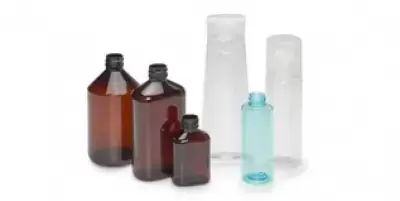 PET Bottles for Cosmetics
PET Bottles for Cosmetics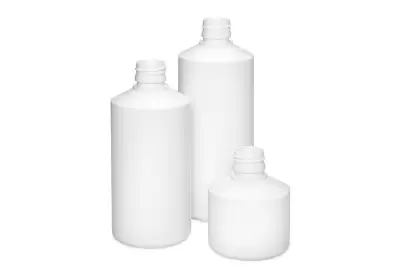 Medical Syrup Bottles
Medical Syrup Bottles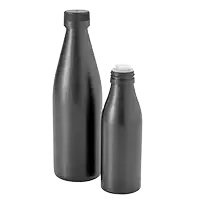 Spill Proof Bottles for Oil
Spill Proof Bottles for Oil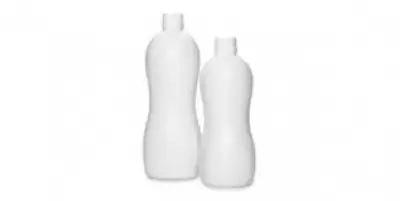 Bottles for pharma liquids
Bottles for pharma liquids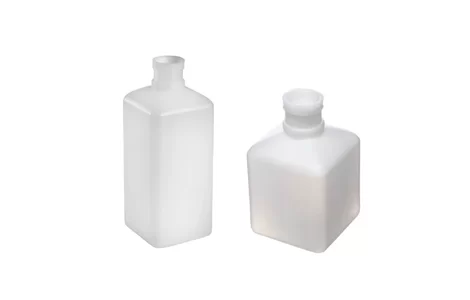 Square HDPE Bottles
Square HDPE Bottles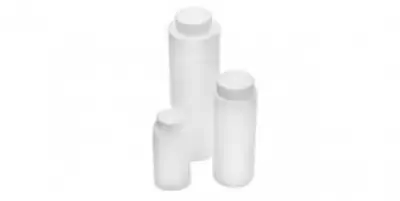 Powder Bottles
Powder Bottles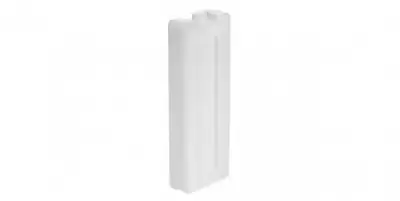 Ice Pack (Cooling Element)
Ice Pack (Cooling Element)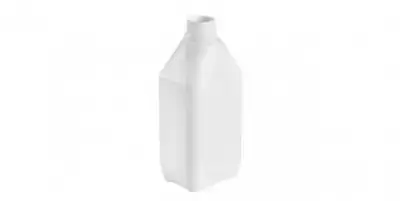 Rectangular Bottles
Rectangular Bottles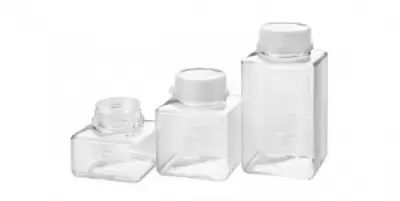 Water Sampling Bottles
Water Sampling Bottles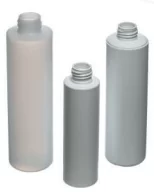 PE Bottles for Cosmetics
PE Bottles for Cosmetics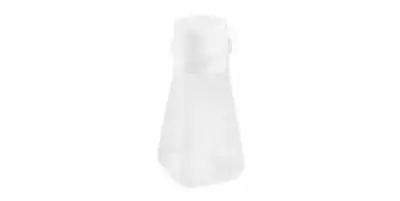 Drosophila Bottle
Drosophila Bottle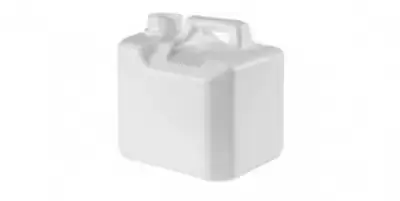 Plastic Jerry cans and carboys
Plastic Jerry cans and carboys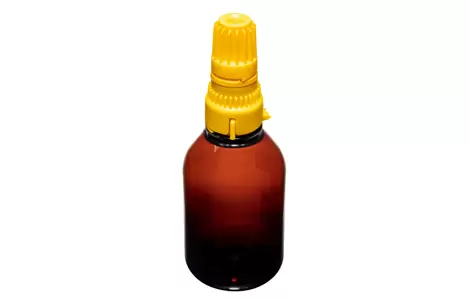 PEN BOTTLES & ADAPTORS FOR SEVOFLURAN
PEN BOTTLES & ADAPTORS FOR SEVOFLURAN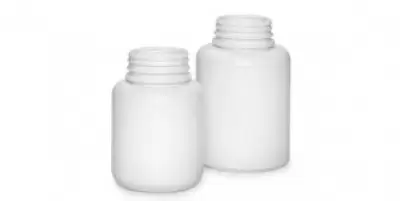 Food Supplement Jars
Food Supplement Jars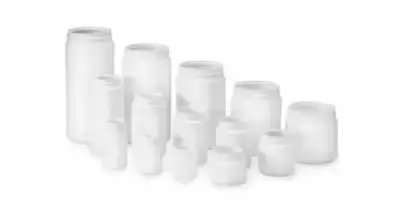 Cylindrical Jars with Hinged Lid
Cylindrical Jars with Hinged Lid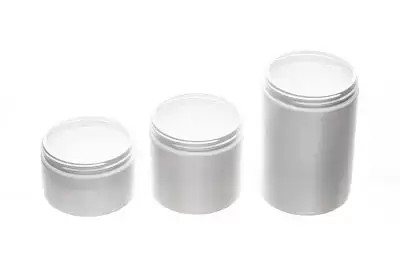 Cylindrical Jars with Screw Caps
Cylindrical Jars with Screw Caps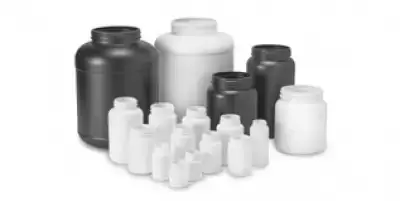 Wide Mouth Plastic Jars
Wide Mouth Plastic Jars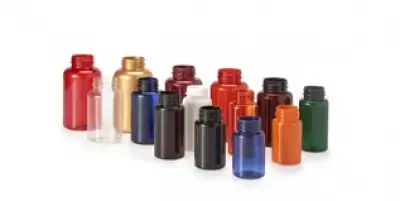 PET Pill Jars
PET Pill Jars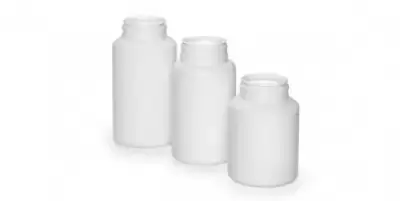 HDPE Packers with Hinged Lid
HDPE Packers with Hinged Lid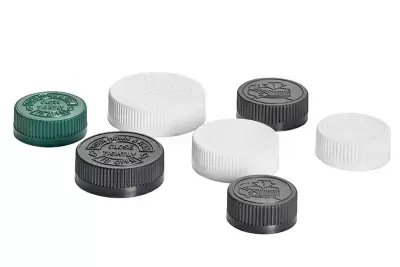 Child Resistant Closures (CRC)
Child Resistant Closures (CRC)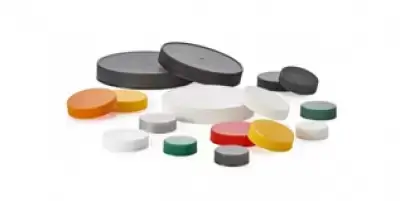 CT Plastic Screw Caps
CT Plastic Screw Caps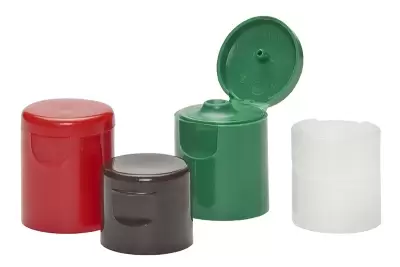 Disc Top and Flip Top Closures
Disc Top and Flip Top Closures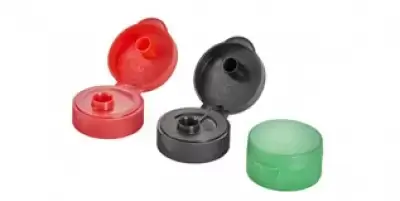 Flip Top Closures
Flip Top Closures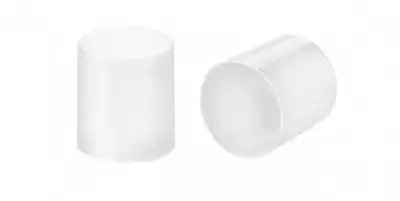 Over cap for Cosmetic Bottles
Over cap for Cosmetic Bottles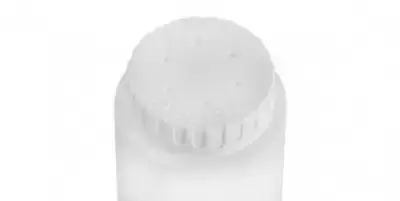 Powder Dispensing Cap
Powder Dispensing Cap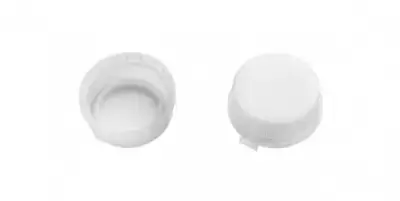 Cap for Water Sampling Bottles
Cap for Water Sampling Bottles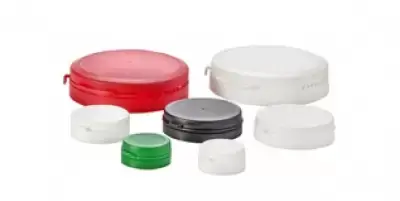 Tamper Evident Hinged Caps
Tamper Evident Hinged Caps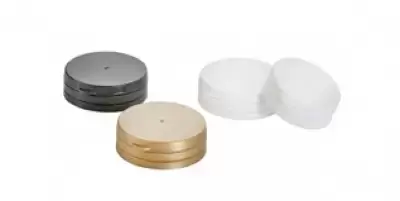 Hinged Caps with Liner
Hinged Caps with Liner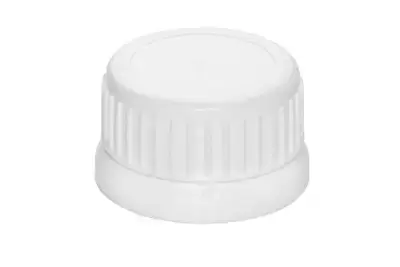 Tamper Evident Screw Cap, 38mm
Tamper Evident Screw Cap, 38mm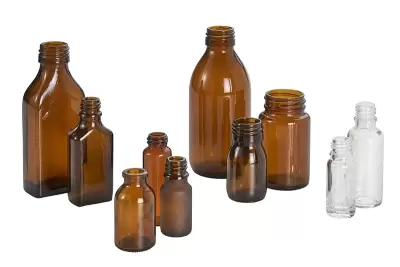 Pharma Glass Bottles & Jars
Pharma Glass Bottles & Jars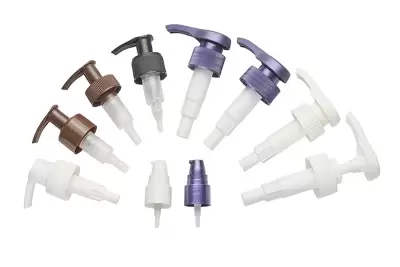 Pharma Lotion Pumps
Pharma Lotion Pumps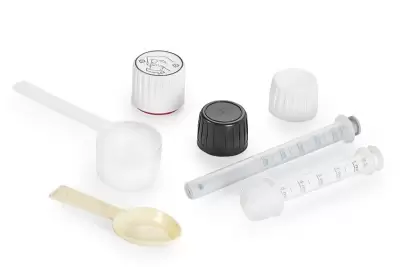 Measuring Cups & Spoons
Measuring Cups & Spoons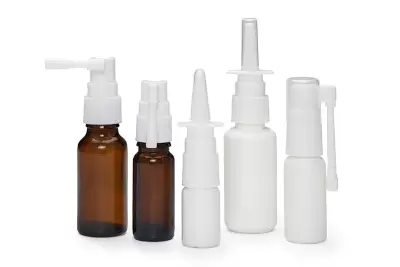 Pharmaceutical Sprayer Pumps
Pharmaceutical Sprayer Pumps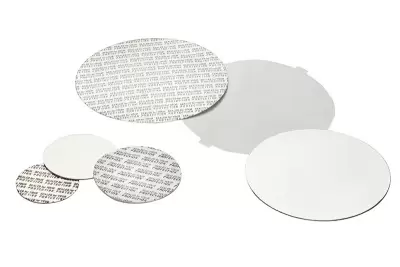 Cap Liners
Cap Liners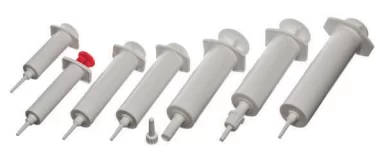 Syringes
Syringes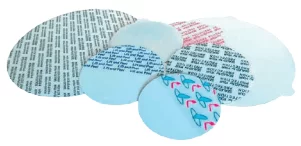 Liners
Liners





